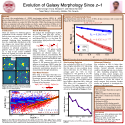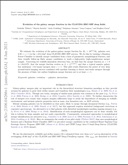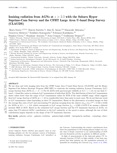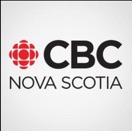

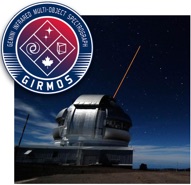
This week saw two intense days as the GIRMOS project went through a scheduled external review mid-way through its Preliminary Design Phase. The external review committee, headed by Chuck Steidel, went through all aspects of the project with a critical outsider’s eye and we are looking to getting their feedback and advice on the project.

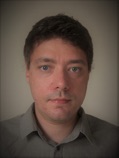
Johannes is an expert on observational galaxy evolution research and is joining us with experience with the MUSE instrument on VLT. In GIRMOS, he will be leading the development of the observing software system.
We are all looking to having you with us, Johannes! Welcome to the team!


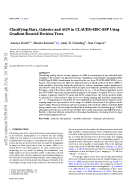
The paper will be coming out in MNRAS later this year. Meanwhile, you can see the preprint on arXiv here.

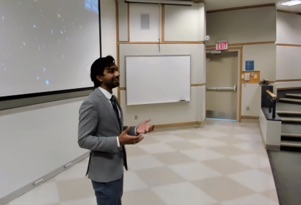
Photo shows Angelo in action at the competition.


Welcome to the team, Devin!


Both Gaël and Angelo presented the results of their ongoing research at the (virtual) 2021 meeting of the Canadian Astronomical Society. Gaël gave a talk on his studies of HST grism spectra of high-redshift galaxies, while Angelo presented a poster (see image on the right and click to enlarge) on his work on galaxy morphologies in the CLAUDS+HSC-SSP data.

The key results of Nathalie’s MSc thesis research on merging galaxies in the CLAUSS+HSC-SSP dataset will soon appear as a Research Note of the AAS. For now, you can see the preprint on arXiv here.

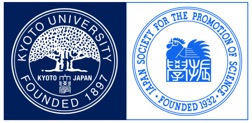

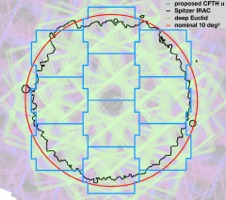
The image on the left shows the DEUS field layout in the context of the Euclid and Spitzer imaging in the North Galactic Cap region.

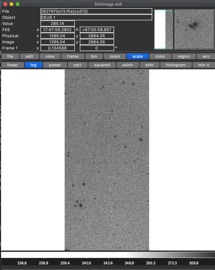
DEUS (Deep Euclid U-band Survey) is a Canada+France partnership that builds on the CLAUDS heritage of extremely deep (27 AB mag) U-band imaging and will focus on a large (10 square degrees) contiguous area around the North Galactic Cap that will also be rich in a multitude of deep multi-wavelength datasets including Euclid imaging and spectroscopy, Subaru/HSC and Spitzer/IRAC imaging, and DESI and HETDEX spectroscopy. With these data, we will study the evolution of galaxies in the context of the Cosmic Web from z~0 to z~3.5. DEUS plans to carry out its data collection over the next 2-3 years, in time for Euclid’s launch in 2024.

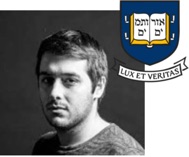



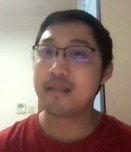


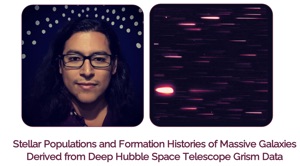


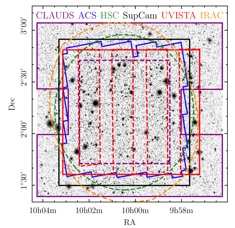
The COSMOS2020 catalog, featuring much deeper multi-wavelength observations of the famous COSMOS field, goes public. I am delighted that CLAUDS was able to provide our ultra-deep U-band images to help make this new dataset the best-ever! See the data release paper on arXiv by clicking here.

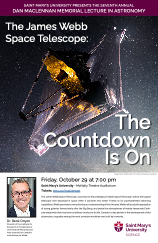
With launch just a couple of months away, this is going to be a very timely talk. The event is open to the public - both live and via online streaming - but you need to get a (free) ticket from here: smu.ca/maclennan

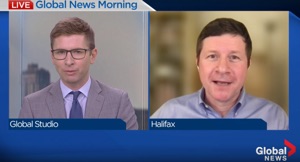
The one with Frances Willick of the CBC is one of my favourites: “Halifax researcher to study ‘baby galaxies’ using new space telescope”.
For me, after nearly 2 decades on the JWST NIRISS science team, Webb is a once-in-a-career dream come true. But at this point I am most excited about the science that our younger team members will be doing with it, including our SMU team: Gaël, Vince, Johannes, Nick, and others who will be joining us in 2022.


It’s been nearly 2 decades for me on the Science Team for Webb’s NIRISS instrument, and I can’t be more pleased at how launch has gone and ecstatic at the science we will be doing very soon now with the most powerful space telescope ever built. We have 200 hours of observations, totalling 400 of data (since we will be observing with two instruments at a time!) coming starting in ~September 2022. Go Webb!!


